Big Island of Hawaii is, like most of Hawaii islands, a paradise for outdoor activities. And the island is, of course, famous as the home of the Volcanoes National Park. Thanks to its numerous volcanoes and mountains, the area offers some of the best of Big Island backpacking.
Big Island Backpacking
Big Island offers trekking opportunities in the Volcanoes National Park, as well as in the north of the island. The coast and trails can be rough, and the conditions challenging. However, with challenges come rewards, and that what makes backpacking on the Big Island incredible.
Nāpau Crater Trail
With so many trails to choose from, we had a hard deciding which one to hike. But we made up our mind to trek the Nāpau Crater trail.
A mix of volcanic trail and rainforest can be found on an overnight backpack to Nāpau Crater, a good representation of what the Volcanoes National Park has to offer. The 14-mile (22-km) trail goes through incredible scenery, from dark lava rock fields and lava trees, by the steam vents of Mauna Ulu, through lush rainforest with giant ferns, and ending on a high plateau.
There is no water on the trail so make sure to carry all your need. The trail starts close to the Pauahi Crater, from the Mauna Ulu parking and is going through the rocky terrain of the Nāpau Trail, traversing unstable rock lava fields. Though there is little elevation (only 200 ft / 60 m), estimate a slow pace due to the treacherous footing, making it a definite strenuous hike.
Shortly after the beginning of the hike, we arrived at the base of the Pu’u Huluhulu, which can be reached by a short walk. Worth doing as you will have an excellent 360-degree view of the area.
There is no trail to the top of the Mauna Ulu but the park ranger at the Wilderness Office where we picked our permit mentioned we could still go up, as long as we kept by the right edge of the volcano. Walking on the unmarked crust of the old lava fields was somewhat unnerving – I kept thinking I was going to step through thinner crust and fall through, though I was trusting the Ranger of not sending us to an unsafe area! Close to the edge of the volcano, we could smell sulfur and see the steam vents. We stopped getting too close to the brink, as we were unsure how secure this was.
Retracing our steps to grab our bags back, we avoided the steeper side of the volcano. The ranger had also warned us that this section was composed of relatively recent and very sharp lava rocks, definitely not recommended for safe hiking.
- Napau Crater Backpacking – Hawaii Volcanoes National Park
Reaching the Makaopuhi Crater was a sign we were about 2 miles out to the campsite. The trail left the rocky area and started to cross lush green rainforest with huge ferns. The contrast with the black lava field rocks could not be stronger.
We passed an old Pulu factory used between 1854 and 1884 to extract Pulu, a silky material made from the fibers of the hapu’u pulu, an endemic tree fern of Hawaii. Pulu was used to pillows and bedding material at the end of the 19th century, but later on abandoned as it crumbled when aging.
The campsite is located shortly after the old factory, sitting on the edge of Nāpau Crater and offering prime viewing of Pu’u O’o crater in the distance. At night, the red glares of Halema’uma’u Crater are visible against the dark night, making you realize you are sleeping between 2 active craters. We were the only ones camping there that night, given us a real feeling of solitude.
We had chosen to make a loop and return via the Nāulu Trail to Kealakomo. Again following stone pile marks, we headed towards the sea. We came across wide lava tubes partially collapsed, given us an excellent view of inside the tubes. The cold lava was still displaying the hot red lava colors, very smooth to the touch, a total contrast to the sharp outside rocks. Some of the areas closer to the sea were recent lava flows, covering roads and parking lots, a reminder of the constant change the park faces and that the dead appearance of the dark lava was in fact very much alive, not too far deep.
We reached Kealakomo viewing platform towards the end of the afternoon, where we quickly found someone who gave me a ride back to the parking lot we were left our car.
What a fantastic backpack it had been, giving us the chance to experience the volcanic nature of the park and once again feeling alone in the world. Exactly how backpacking should be.
Other Backpack Options
From hiking down to the sea to hiking a 13,000 ft summit, from rainforests to dark lava fields, the Volcanoes National Park offers various backpacking opportunities. Given the altitude elevation, the rugged scenery, and more importantly the risks of volcanic activities and fumes, one need to be prepared and properly equipped, and a visit to the Wilderness Office to check on the latest conditions is a must, in addition to getting your backpack permit. This is one of the few parks that requires you to call the Wilderness Office to check out back. Depending on what you are looking for, you can choose from beaches, summit or rainforest!
Sea lovers will want to backpack between 6 to 11 miles down on hot and exposed trails to the coastal campsites of Apua, Halape, Ka;aha or Keauhou, some of which where you can swim or see green turtles.
Summit adventurers will be looking into the 4-day backpack on Mauna Loa Trail, a grueling 20 miles one way trip over 7,000 feet elevation. One can stay at the Red Hill cabin overnight, for rest and acclimation at over 10,000 feet. This is an extreme backpack with potential winter and high elevation conditions.
Backpacking Details
Where: Nāpau Crater Campsite, Volcanoes National Park, Big Island of Hawaii
– Starting from Mauna Ulu parking lot on the Nāpau Trail, back to Kealakomo via the Nāulu Trail
Distance: 14 miles (22 km) over Nāpau Trail & Nāulu Trail loop
Difficulty: moderately strenuous due to the rocky trail
Duration: Overnight
Elevation gain: Trailhead 3,225 ft (983 m), Campsite 2,600 ft (792 m), Kealakomo 2,000 ft (610 m)
Activity: Backpacking
Looking for more Hawaii trip ideas? Check out these posts on which Hawaii islands to choose, or diving with mantas on Big Island. Looking for more Big Island National Parks? Visit Kaloko HonoKahau National Historic Park.
Stay tuned for more from our travel around the world! Follow us on Facebook and Instagram for more recent photos.
More travel news? Sign-up for our newsletter!
This post contains affiliate links, which means we receive a percentage if you make a purchase using these links – at no cost to you. Our opinions are our own and are not impacted by these partnerships.
ZeWanderingFrogs.com is a participant in the Amazon Services LLC Associates Program, an affiliate advertising program designed to provide a means for sites to earn advertising fees by advertising and linking to amazon.com, amazon.co.uk, amazon.ca. Amazon and the Amazon logo are trademarks of Amazon.com, Inc. or its affiliates.
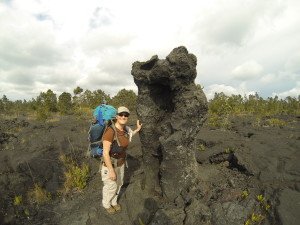
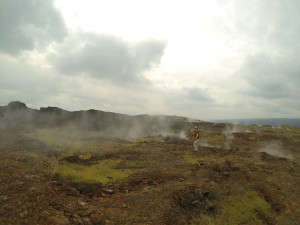
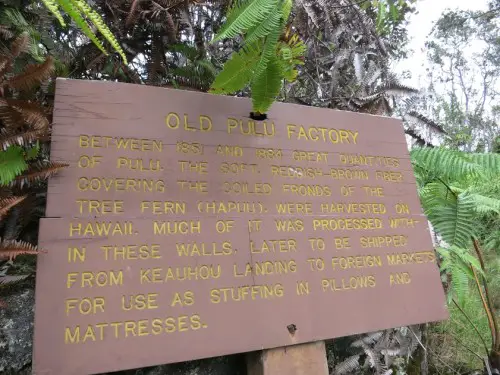
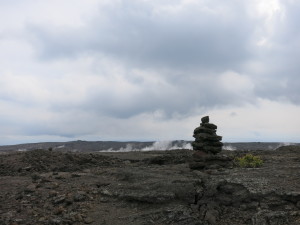
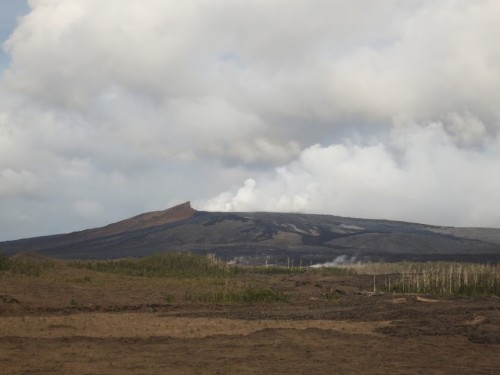
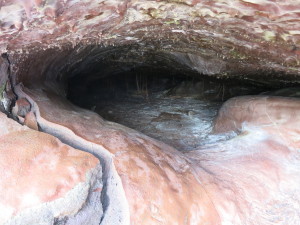
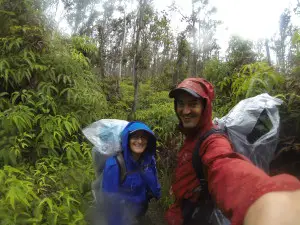
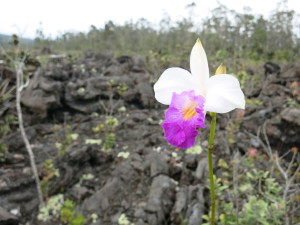
December 20, 2016 at 10:27 am
Really looking forward to read more. Really Cool.